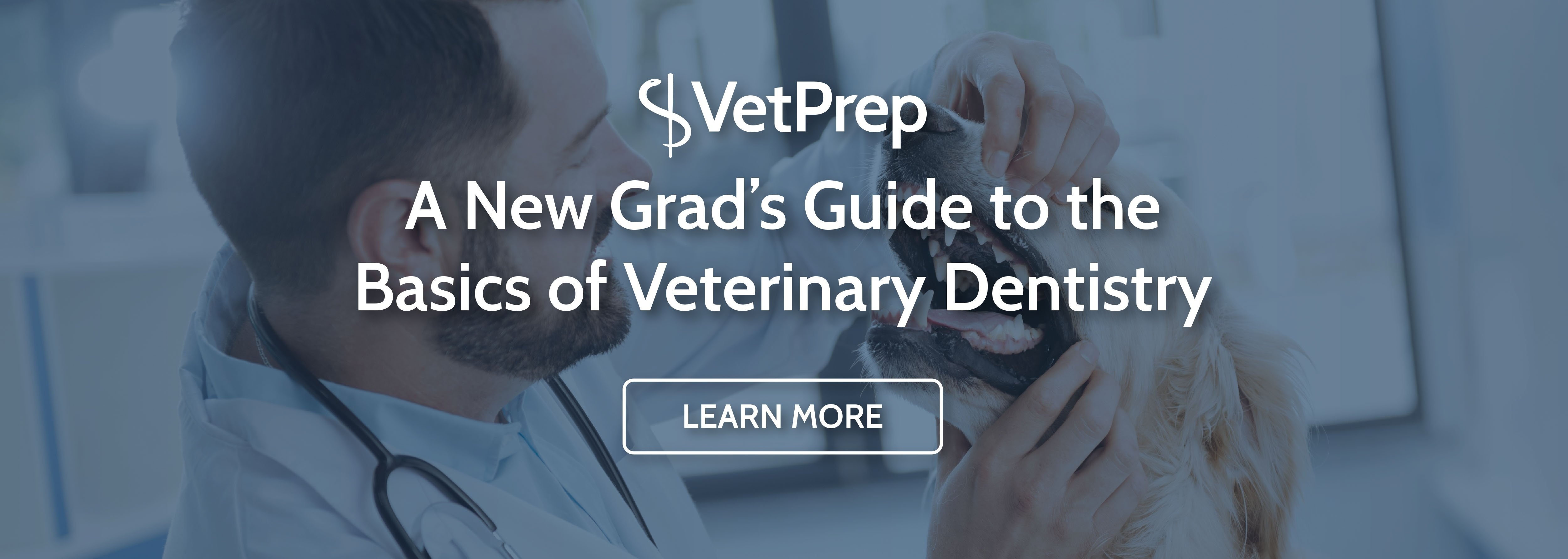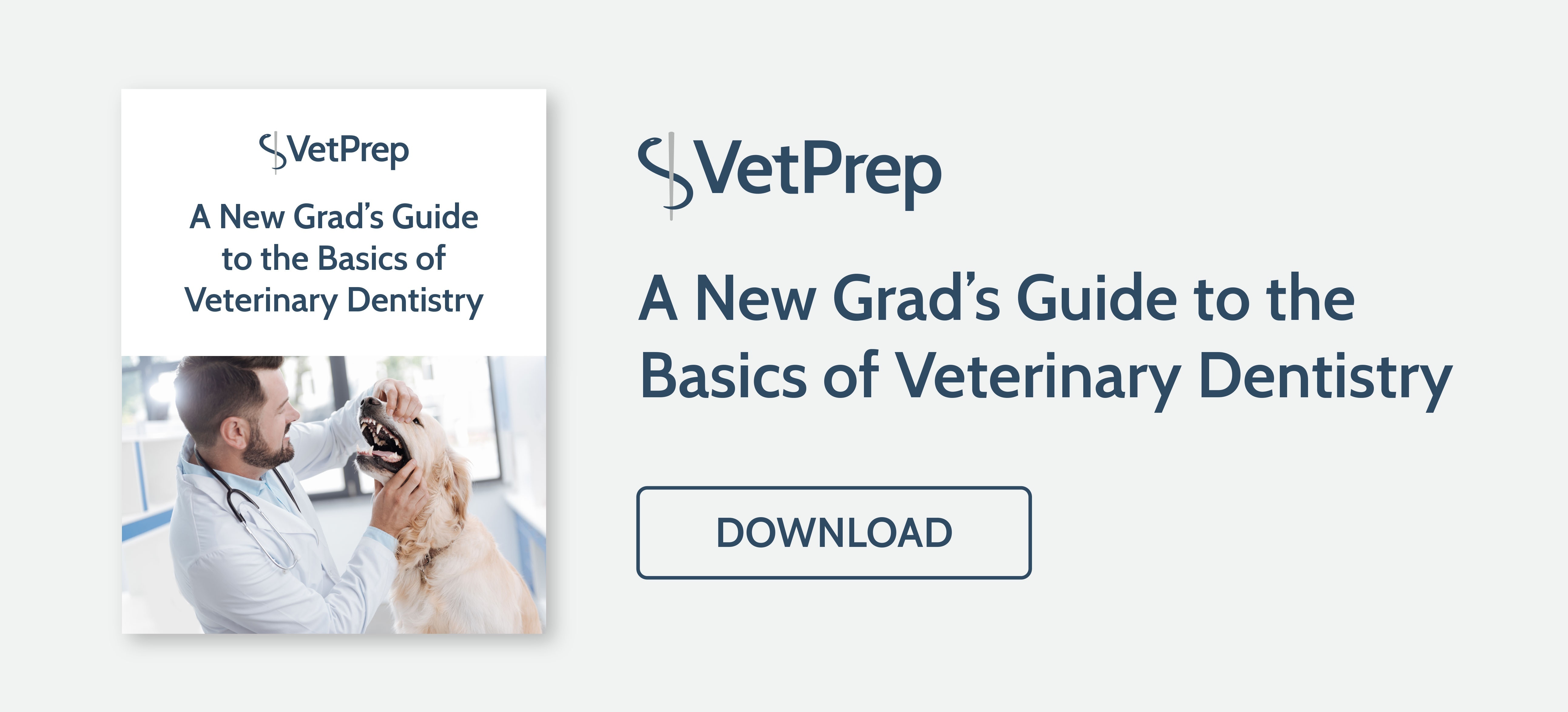
In your veterinary career, you will probably see many pets in need of dental care. Some clients will follow your recommendations, while others may forego complete dental care in favor of anesthesia-free dentistry.
Your job is to educate clients on the differences between these two options, in the hopes that they will make the best decisions for their pets.
Clients may consider anesthesia-free dentistry because they perceive it as safer and more affordable. A discussion of your practice’s anesthesia safety protocols and payment options may alleviate some of these concerns, but it’s also helpful to ensure that your clients understand what’s involved in anesthesia-free dentistry.
While anesthesia-free dentistry may appear safer at first glance, there are risks associated with this procedure. Also, while anesthesia-free dentistry may come with a lower price tag, it lacks many of the benefits of comprehensive veterinary dentistry. Clients who understand these trade-offs are in a better position to make an educated decision regarding their pet’s dental health.
Anesthesia-free dentistry is primarily a cosmetic procedure. It does little to prevent periodontal disease.
In anesthesia-free dentistry, tartar is only scaled from the visible surface of the teeth. This is in direct contrast to an anesthetized dental cleaning, in which plaque and tartar are scaled from the entire tooth surface, including the area below the gumline.
Bacteria living below the gumline are the biggest contributors to periodontal disease and anesthesia-free dentistry does not remove these bacteria. Therefore, anesthesia-free dentistry does little to prevent periodontal disease.
Anesthesia-free dentistry does not include a thorough oral health exam.
In a comprehensive, anesthetized dental cleaning, the entire mouth is examined for signs of disease. Periodontal pockets are probed and dental radiographs are taken to detect problems that cannot be seen with the naked eye.
An awake patient typically will not allow all tooth surfaces to be visualized, much less probed or radiographed. Significant dental disease can easily be missed during anesthesia-free dentistry.
Anesthesia-free dentistry can injure pets.
Anesthesia-free dentistry requires placing sharp dental instruments in the mouth of an awake pet. If the pet becomes anxious and begins to move, the gums, tongue, lips, or even other areas of the face can be traumatized. Performing dental cleanings under anesthesia minimizes the risk of injury.
Anesthesia-free dentals require restraint, which is often stressful for the pet.
Very few pets enjoy the sensation of having their teeth scaled. Restraint for anesthesia-free dentistry can cause stress and anxiety, especially in pets that are already fearful.
When a client expresses an interest in anesthesia-free dentistry, take the time to educate them about the risks and drawbacks of this procedure. Help the client draw a more accurate comparison between anesthesia-free dentistry and the dental services offered in your practice, so that they can make the best possible decision for their pet.
- American Veterinary Dental College. Position Statement: Companion Animal Dental Scaling Without Anesthesia.
- Burns, K. 2016. Below the surface of anesthesia-free dentistry. JAVMA News.



